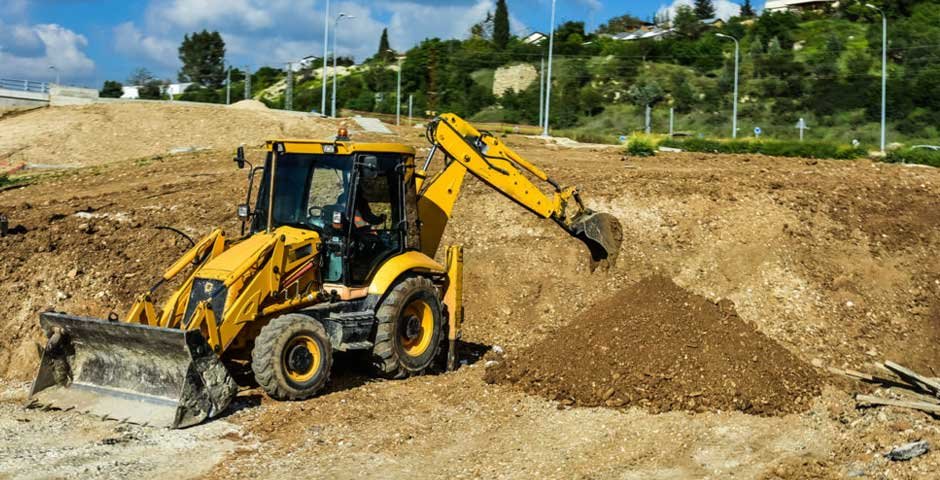Construction activity brings a lot of changes to a jobsite, but not all of them are intentional. In addition to reshaping the land and building something new, contractors also impact the environment around them as they work. Water that runs off from the site can erode soils and carry contaminants into surrounding areas. Heavy machinery can introduce harmful emissions into the air and compact delicate soil in a way that harms the ecosystem. Wildlife may lose their habitats, disrupting the delicate balance of nature.
Although avoiding all of these unintended consequences may be impossible, that’s not to say that builders shouldn’t try to minimize their environmental risks. Taking a few proactive steps before, during and after the work can go a long way toward protecting the environment and reducing the negative impact such activity can have. Not only does this help ensure contractors meet their regulatory obligations, but it also improves their reputation and enhances their ability to win contracts from conservation-conscious clients.
Lessening the Impact
There are a number of techniques builders can use on the jobsite to reduce their ecological footprint. For example, the use of hardwood or composite access mats for heavy equipment means the amount of pressure they exert on the ground is lessened. This means there is less compaction and therefore less damage done to the surrounding ecosystem. Builders also can reduce the amount of air pollution they generate by shutting down equipment when not in use rather than letting it idle. Using dust screens and wetting debris before disposal also cuts down on the number of contaminants released into the air during construction.
What About Tilt Wall Construction?
Tilt wall construction, a method renowned for its efficiency and sustainability, is revolutionizing the way we approach environmental responsibility at construction sites.
By utilizing large concrete panels that are cast on-site and then tilted into place, tilt wall construction significantly reduces the need for extensive transportation of materials, thereby lowering carbon emissions.
This innovative technique minimizes site disturbance, as much of the work is contained within a smaller area compared to traditional construction methods. Additionally, the durability and energy efficiency of buildings constructed with tilt wall techniques contribute to long-term environmental benefits, such as reduced energy consumption.
Embracing tilt wall construction not only streamlines the building process but also serves as a proactive step towards minimizing environmental risks in the construction industry.
Protecting fragile ecosystems from habitat degradation may be as simple as planning access routes around the presence of critical wildlife habitats at the start of the project. Wetlands in particular can be harmed by the presence of heavy equipment in the area, which is another problem that can be solved by the use of construction mats. Preventing soil erosion and water pollution can be achieved through the use of sediment traps, matting or perimeter control fencing to keep machines away from sensitive areas.
By its very nature, construction activity changes the land. Although not all of these changes are wanted or positive, there are many steps contractors can take to ensure whatever damage is done is minimal. For more ideas about how builders can prevent the worst side effects of their work on the environment, take a look at the accompanying resource.
Courtesy Of Yak Mat, a crane mat manufacturer



